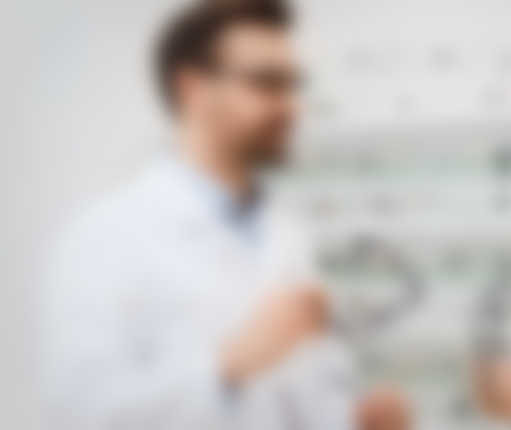What are cataracts?
What are cataracts? Did you know June is cataract awareness month! Yeah, they don’t get just a day like donuts do….cataracts get a whole month because they’re kind of a big deal!
Did you know? Cataracts are so common that they are the leading cause of vision loss in the entire world! For us here in Traverse City, Michigan in the great USA, it means that by the time we are 70, over 1/2 of all Americans will have a cataract!
Do you even know what cataracts are? I knew that they are the clouding of the normally clear lens of the eye, but what I didn’t know is that they can begin in your 40’s & 50’s. After the age of 60, most cataracts cause problems with your vision.
Did you know? Cataracts will continue to worsen over time and people can become legally blind from untreated cataracts. Fortunately, this is rare in the United States because of the availability to get to a cataract surgeon. People in developing countries aren’t so lucky.
Did you know? Besides aging, the sun’s UV rays put you at further risk of developing cataracts. Unfortunately you can’t stop the aging process, try as you might, but you CAN do something to help protect your eyes from harmful UV light. Wear your cool shades, people!
Did you know? There are several different types of cataracts, but the most common is the nuclear sclerotic cataract. Don’t worry…it’s not radioactive, but it is the classic age-related hardening and yellowing of the lens. Radioactive or not, who wants that?
Did you know? You can do something about cataracts! Cataract surgery is the most commonly performed surgery in the United States and it only takes about 15 minutes to perform! Dr. Potthoff performs this surgery at the The Surgery Center at TC Eye here in Traverse City, Michigan. Convenient!
Here’s a before-and-after photo of an eye that Dr. Potthoff recently performed successful cataract surgery on:

Did you know? Cataract surgery consists of removing the lens of the eye and replacing it with an artificial lens. Amazing!! Yay technology!!
Did you know? Cataract surgery is performed while you are awake! No need for going all the way under anesthesia, but not to worry…..you’ll get a little something to keep you relaxed and your eye gets special numbing drops.
Did you know? I’ve asked our patients…..”does cataract surgery hurt?”….and the survey says…..”No!!…and it’s a quick recovery!”
Did you know? I’m glad to learn all about cataracts and the surgery that can help them because someday, like it or not, I’m going to be over 60 and chances are…..those crazy cataracts are likely to cause problems with my vision!

![By OpenStax College [CC BY 3.0 (https://creativecommons.org/licenses/by/3.0)], via Wikimedia Commons Extraocular Muscles](https://upload.wikimedia.org/wikipedia/commons/thumb/3/3b/1412_Extraocular_Muscles.jpg/1024px-1412_Extraocular_Muscles.jpg)


You must be logged in to post a comment.